1. X. Jin, P. Berger, and T. Graf, Multiple reflections and Fresnel absorption in an actual 3D keyhole during deep penetration laser welding,
Journal of Physics D, Applied Physics. 39(21) (2006) 4703
[CROSSREF] 2. I. Eriksson, J. Powell, and A. Kaplan, Melt behavior on the keyhole front during high speed laser welding,
Optics and Lasers in Engineering. 51(6) (2013) 735ŌĆō740.
[CROSSREF] 3. D. You, X. Gao, and S. Katayama, Review of laser welding monitoring,
Science and Technology of Welding and Joining. 19(3) (2014) 181ŌĆō201.
[CROSSREF] 4. N. Seto, S. Katayama, and A. Matsunawa, High-speed simultaneous observation of plasma and keyhole behavior during high power CO
2laser welding, effect of shielding gas on porosity formation,
Journal of laser applications. 12(6) (2000) 245ŌĆō250.
[CROSSREF] 5. Y. Kawahito and et al, Relationship of laser absorption to keyhole behavior in high power fiber laser welding of stainless steel and aluminum alloy,
Journal of Materials Processing Technology. 211(10) (2011) 1563ŌĆō1568.
[CROSSREF] 6. R. Fabbro and et al, Study of keyhole behaviour for full penetration NdŌĆōYag CW laser welding,
Journal of physics D, Applied physics. 38(12) (2005) 1881
[CROSSREF] 7. F. Abt and et al, Camera based closed loop control for partial penetration welding of overlap joints,
physics procedia. 12 (2011) 730ŌĆō738.
[CROSSREF] 8. A. Blug and et al, Closed-loop control of laser power using the full penetration hole image feature in aluminum welding processes,
physics procedia. 12 (2011) 720ŌĆō729.
[CROSSREF] 9. A. Blug and et al, The full penetration hole as a stochastic process, controlling penetration depth in keyhole laser-welding processes,
Applied Physics B. 108(1) (2012) 97ŌĆō107.
[CROSSREF] 10. Y. Zhang and et al, Coaxial monitoring of the fibre laser lap welding of Zn-coated steel sheets using an auxiliary illuminant,
Optics &Laser Technology. 50 (2013) 167ŌĆō175.
[CROSSREF] 11. O. S and P. F.R, Level set method, an overview and some recent results, Journal of computation physics. (2001) 169 463ŌĆō502.
12. C.W. Hirt and B.D. Nichols, Volume of fluid (VOF) method for the dynamics of free boundaries,
Journal of computational physics. 39(1) (1981) 201ŌĆō225.
[CROSSREF] 13. H. Ki, J. Mazumder, and P.S. Mohanty, Modeling of laser keyhole welding, Part I. Mathematical modeling, numerical methodology, role of recoil pressure, multiple reflections, and free surface evolution,
Metallurgical and materials transactions A. 33(6) (2002) 1817ŌĆō1830.
[CROSSREF] 14. L.J. Y and H. K.S, Mechanism of keyhole formation and stability in stationary laser welding,
Journal of Physics D, Applied Physics. (2002) 35 1570ŌĆō1576.
[CROSSREF] 15. J. Zhou, H.-L. Tsai, and T. Lehnhoff, Investigation of transport phenomena and defect formation in pulsed laser keyhole welding of zinc-coated steels,
Journal of Physics D, Applied Physics. 39(24) (2006) 5338
[CROSSREF] 16. A. Dasgupta, J. Mazumder, and P. Li, Physics of zinc vaporization and plasma absorption during CO
2laser welding,
Journal of Applied Physics. 102(5) (2007) 053108
[CROSSREF] 17. E. Amara and R. Fabbro, Modelling of gas jet effect on the melt pool movements during deep penetration laser welding,
Journal of Physics D, Applied Physics. 41(5) (2008) 055503
[CROSSREF] 18. J.-H. Cho and et al, Weld pool flows during initial stages of keyhole formation in laser welding,
Journal of Physics D, Applied Physics. 42(17) (2009) 175502
[CROSSREF] 19. H. Zhao and et al, Modelling of keyhole dynamics and porosity formation considering the adaptive keyhole shape and three-phase coupling during deep-penetration laser welding,
Journal of Physics D, Applied Physics. 44(48) (2011) 485302
[CROSSREF] 20. W. Tan, N.S. Bailey, and Y.C. Shin, Investigation of keyhole plume and molten pool based on a three-dimensional dynamic model with sharp interface formulation,
Journal of Physics D, Applied Physics. 46(5) (2013) 055501
[CROSSREF] 21. X.-H. Ye and X. Chen, Three-dimensional modelling of heat transfer and fluid flow in laser full-penetration welding,
Journal of Physics D, Applied Physics. 35(10) (2002) 1049
[CROSSREF] 22. G. Br├╝ggemann, A. Mahrle, and T. Benziger, Comparison of experimental determined and numerical simulated temperature fields for quality assurance at laser beam welding of steels and aluminium alloyings,
NDT & E International. 33(7) (2000) 453ŌĆō463.
[CROSSREF] 23. A. Mahrle, J. Schmidt, and D. Weiss, Simulation of temperature fields in arc and beam welding,
Heat and Mass transfer. 36(2) (2000) 117ŌĆō126.
[CROSSREF] 24. M. Geiger and et al, A 3D transient model of keyhole and melt pool dynamics in laser beam welding applied to the joining of zinc coated sheets,
Production Engineering. 3(2) (2009) 127ŌĆō136.
[CROSSREF] 25. S. Osher and R. Fedkiw, Level set methods and dynamic implicit surfaces,
Springer Science & Business Media. 153 (2006)
[CROSSREF] [PDF] 26. Y.-C. Chang and et al, A level set formulation of Eulerian interface capturing methods for incompressible fluid flows,
Journal of computational Physics. 124(2) (1996) 449ŌĆō464.
[CROSSREF] 27. M. Sussman and E.G. Puckett, A coupled level set and volume-of-fluid method for computing 3D and axisymmetric incompressible two-phase flows,
Journal of Computational Physics. 162(2) (2000) 301ŌĆō337.
[CROSSREF] 28. S. Wen and Y.C. Shin, Modeling of transport phenomena during the coaxial laser direct deposition process,
Journal of Applied Physics. 108(4) (2010) 044908
[CROSSREF] 29. C.J. Knight, Theoretical modeling of rapid surface vaporization with back pressure,
AIAA journal. 17(5) (1979) 519ŌĆō523.
[CROSSREF] 30. H. Ki, P. Mohanty, and J. Mazumder, Modelling of high-density laser-material interaction using fast level set method,
Journal of Physics D, Applied Physics. 34(3) (2001) 364
[CROSSREF]
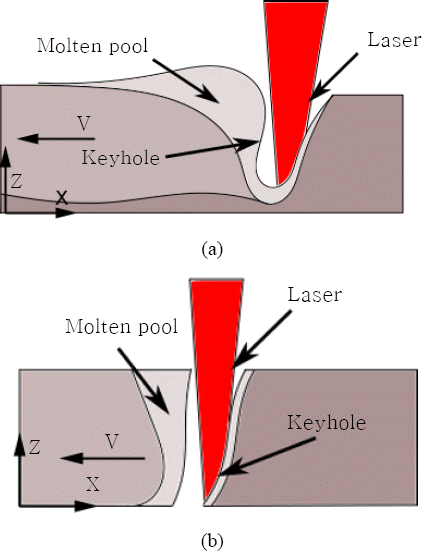
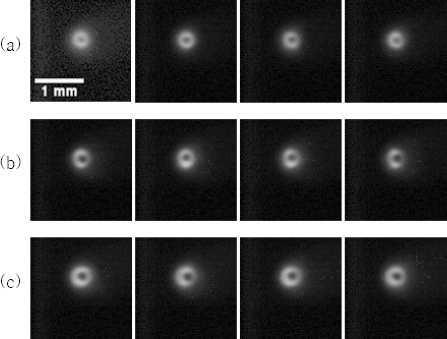
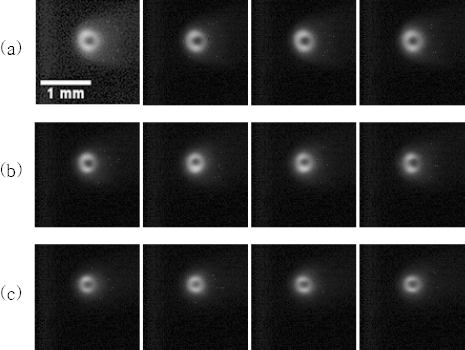






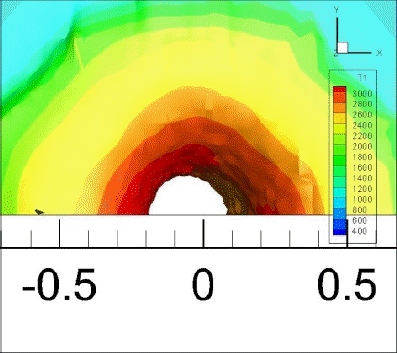





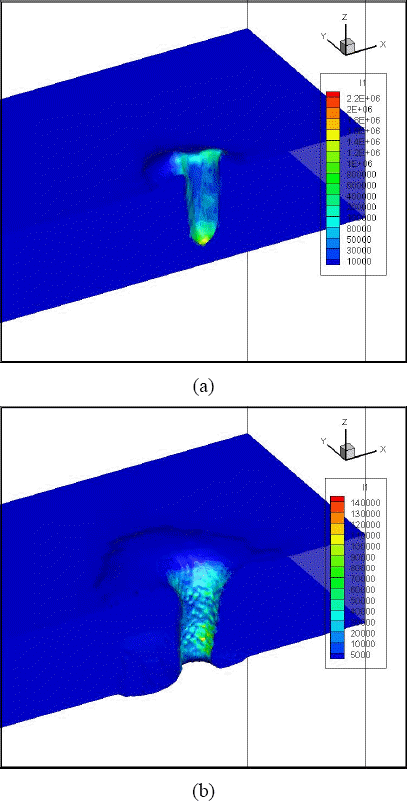
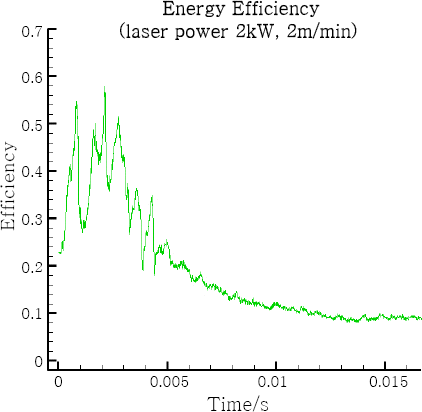

 PDF Links
PDF Links PubReader
PubReader ePub Link
ePub Link Full text via DOI
Full text via DOI Download Citation
Download Citation Print
Print



